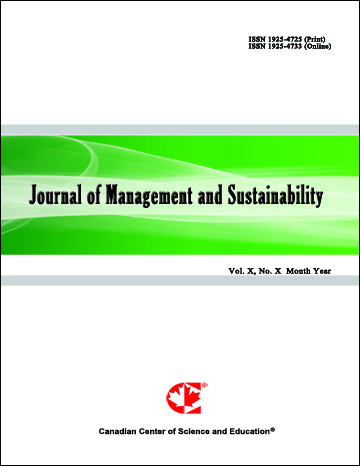Optimization in Life Cycle Sustainability Assessment (LCSA): A Systematic Literature Review
- Julianna Crippa
- Cassia Maria Lie Ugaya
Abstract
This secondary scientific research follows the modality of review research through the systematic literature review (SLR) technique and aims to answer the following question: What methods in the literature use optimization techniques to develop Life Cycle Sustainability Assessment (LCSA)? The objective is to identify and map information, relate their applications, and provide a critical analysis. The research was conducted in a global context, on April 2, 2022, with no time horizon limit, in English, using Harzing's Publish or Perish tool and search sources: Scopus®, Web of Science™, and Google Scholar. After the automatic exclusion of duplicate titles, the selection of articles was carried out in five further steps: first filtering, second filtering, third filtering, fourth filtering, and finally the snowball system. Regarding the years of selected publications, a slow but continuous upward trend (growth) can be seen. A diversity of journals can be observed and that most methods integrating optimization and LCSA focus on each product/system or application. Each optimization model proposal has its specific characteristics when combined with LCSA. Overall, there is a greater frequency of articles that propose to evaluate by comparing alternative products/supply chains/production processes, followed by those that use optimization for product development in selecting the best design from a set of alternatives. This research confirms that Operational Research (OR) operates in different segments and can use different techniques to obtain optimal solutions and decision support. The optimization techniques found in this or other literature reviews should be evaluated against an established analytical model by applying them to the same case study.
- Full Text:
 PDF
PDF
- DOI:10.5539/jms.v13n2p68
Journal Metrics
Google-based Impact Factor (2021): 1.54
h-index (July 2022): 37
i10-index (July 2022): 147
h5-index (2017-2021): 12
h5-median (2017-2021): 19
Index
- Academic Journals Database
- ANVUR (Italian National Agency for the Evaluation of Universities and Research Institutes)
- CAB Abstracts
- CNKI Scholar
- EconBiz
- Excellence in Research for Australia (ERA)
- GETIT@YALE (Yale University Library)
- Harvard Library
- HeinOnline
- Infotrieve
- JournalTOCs
- LOCKSS
- MIAR
- PKP Open Archives Harvester
- RePEc
- Scilit
- SHERPA/RoMEO
- Stanford Libraries
- UCR Library
Contact
- Evelyn XiaoEditorial Assistant
- jms@ccsenet.org
